COMMERCIAL WORK
OMNIA has expertise in commercial work that includes tenant fit-outs, large-scale office buildings, and multi-family projects. We start our services to commercial owners and developers with studies to ensure that a site or building meets their needs. We study the existing operation and space and interview critical team members to comprehend the program specific to the use, whether it's a medical office, restaurant, retail store, or office space. We communicate our conclusions to the ownership and real estate groups to agree on a property selection and design direction.
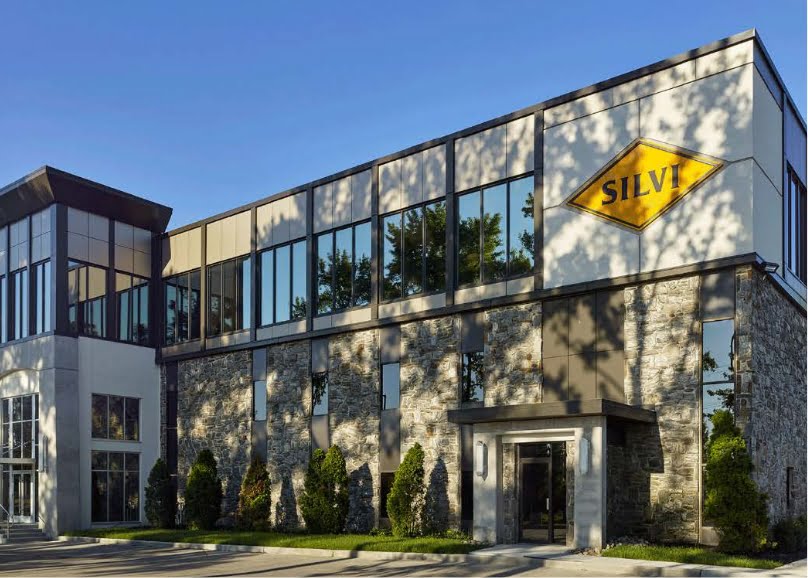
In commercial work, we typically deploy a team of consultants and commercial architects to coordinate their efforts to obtain regulatory approvals, manage potential interferences among complex systems, and guide product specification and construction. Construction Administration services include scheduled meetings to ensure that the large, prototype buildings are assembled on time and on budget.
Our award-winning commercial interior design work covers a range of services aimed at maximizing employee well-being and productivity, including contract furniture selection, material specifications, lighting, & comfort control.
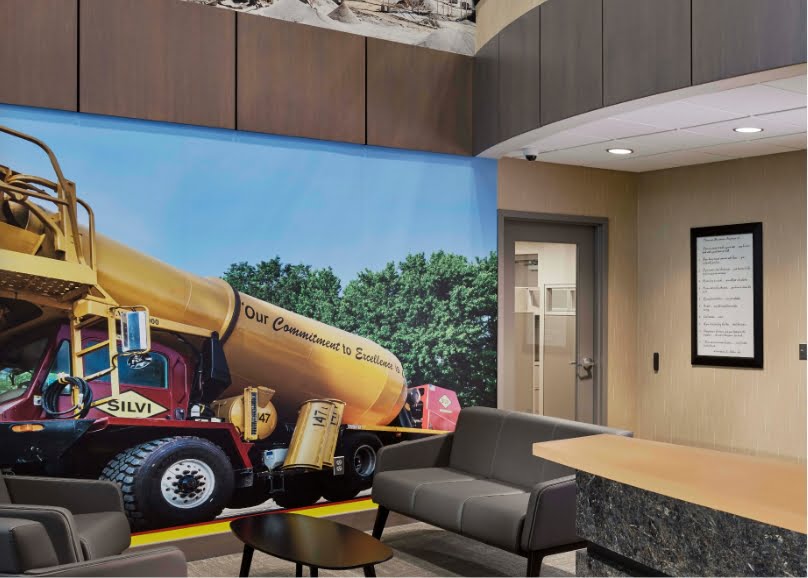
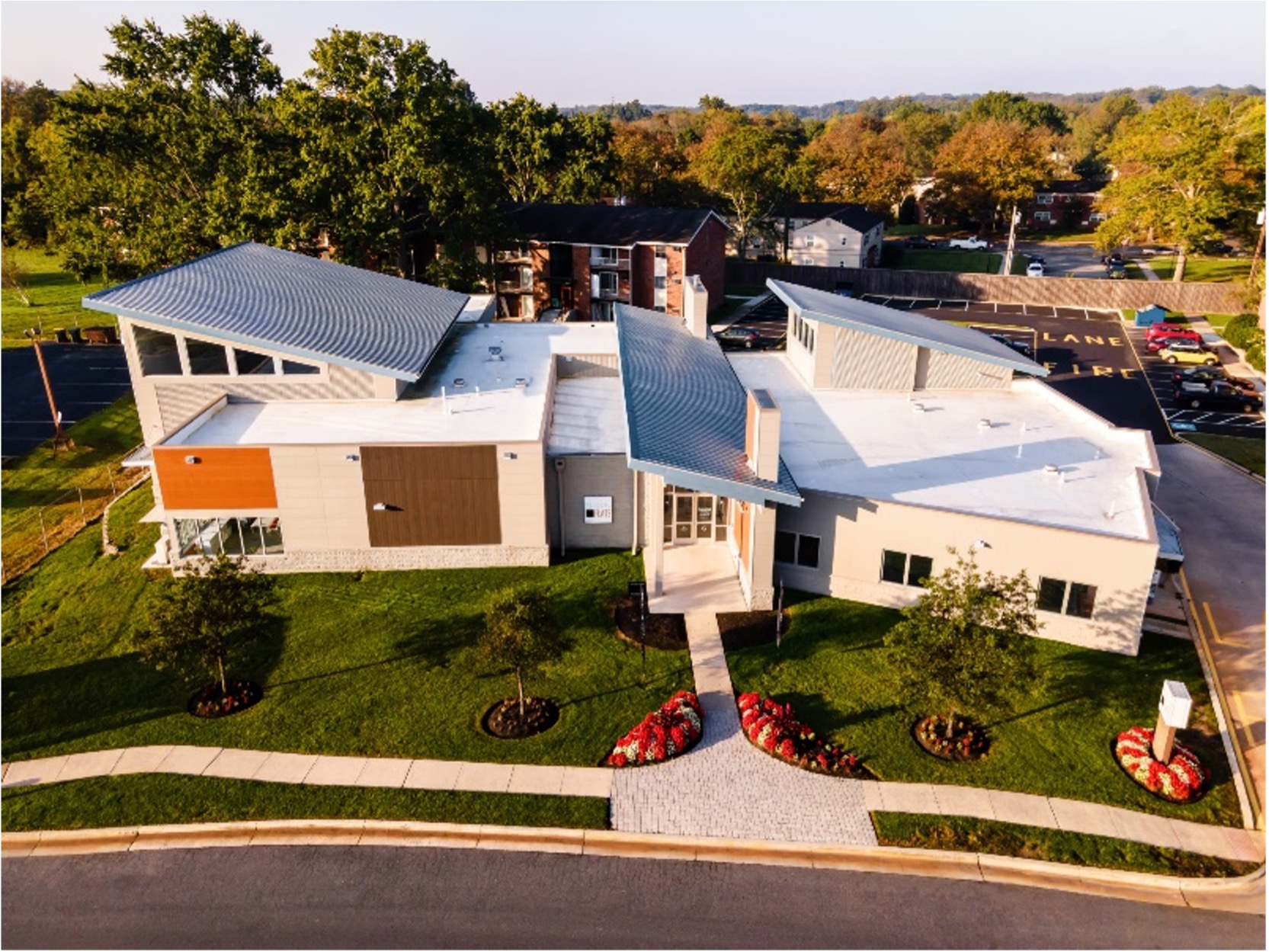
- OMNIA can consult on property selection, local zoning impact, land engineering, and what-if studies (expand existing facility or move to a new larger one or build new.) These are critical decisions fundamental to a good outcome and the earlier we are involved the more data and synthesis are at hand & mistakes can be avoided.
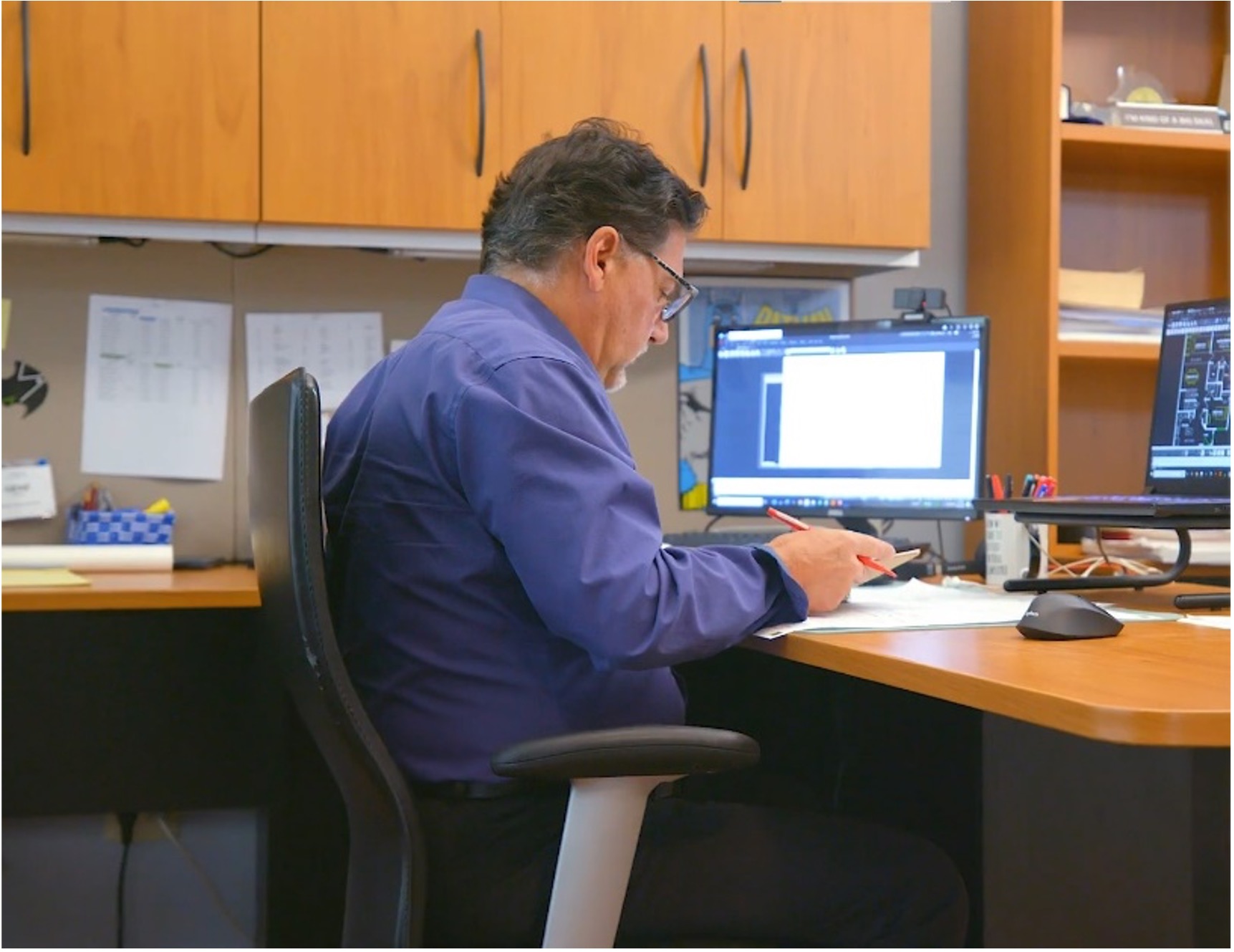
- OMNIA helps navigate questions of size, complexity, and specification in the context of cost so that projects start off with the right budget.
- With budget and site constraints established, OMNIA uses a template of questions to help client and architect to define well understood, shared goals for the size, complexity, and specification of the project. OMNIA studies existing operations, interviews staff and management to identify ideal adjacencies and flows among departments.
- OMNIA continues to monitor pricing relative to established budget, providing interim tests, and cost trade-offs analysis. This includes systems considerations like comfort, lighting, security, glazing, and more.
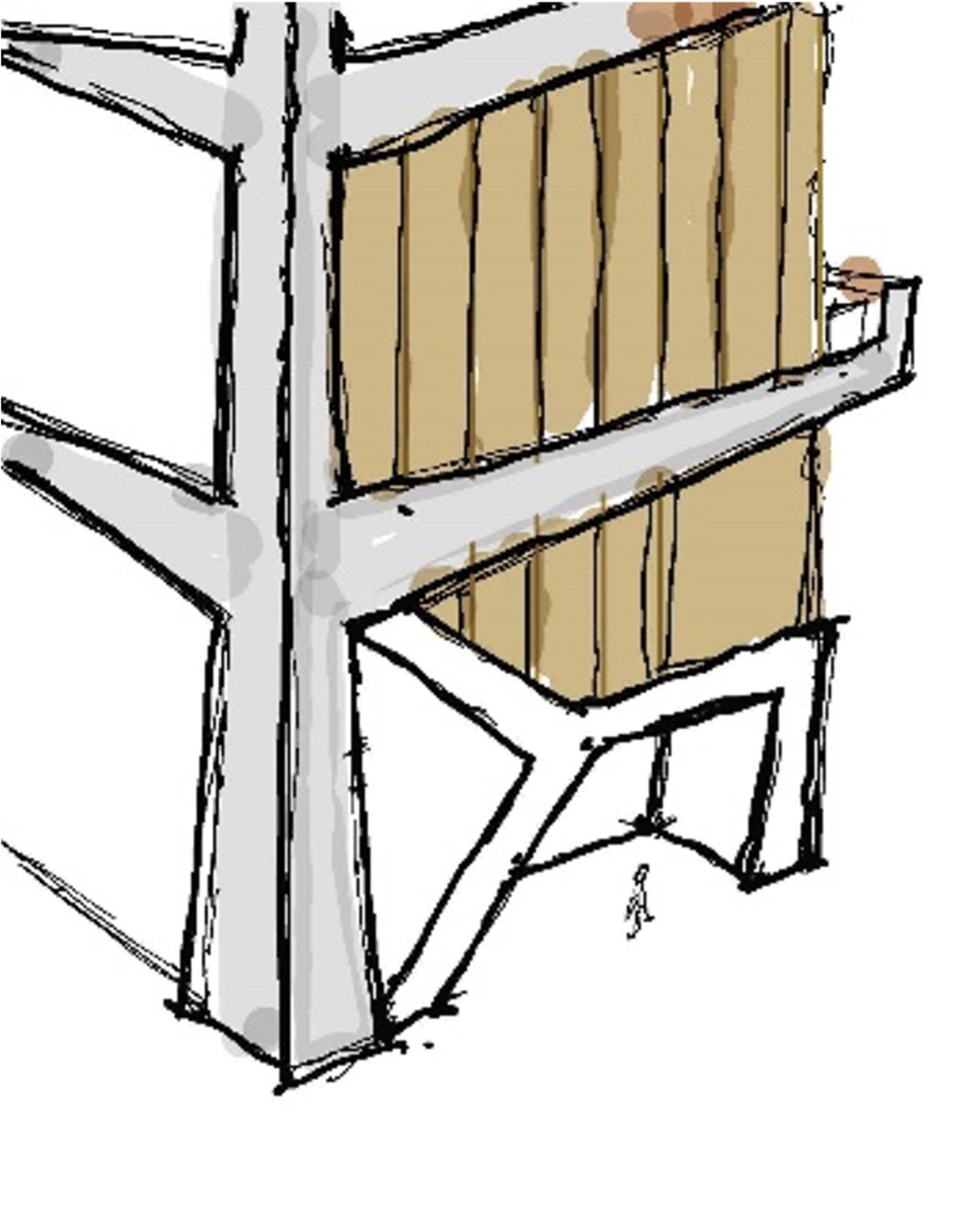
- Early studies help establish a direction for the project. Depending on the project, first steps range from loose sketches to more fully fleshed out layouts of floor plans & site studies. This is an iterative, evolutionary, and highly collaborative phase that includes some of the most critical thinking, and multiple meetings. It is also particularly demanding of the client’s input and understanding and we pay particular attention to ensuring the client has the tools to fully understand the symbology and visual language that forms our presentations.
- In this phase, we are analyzing structural and mechanical assemblies and evaluating product specifications.
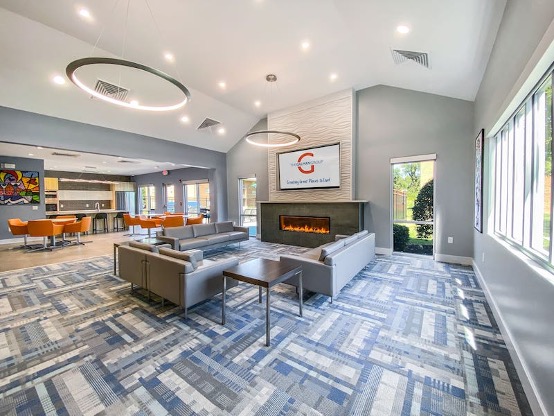
- As projects progress, the client/architect team will have developed a good understanding of the floor plans & the relationship of the building to its site. While we will have previously focused on the look of the building, the presentation has been limited to sketches. It is in Design Development that we design the massing, material elements and patterning, textures, and colors of the edifice, its “style.” For commercial projects, branding and signage are integrated into the design. Service includes 2D and 3D renderings and 3D models, now 3D printed. This too, is an iterative, evolutionary, & highly collaborative phase but while more cognitively accessible, it is emotionally intense. It also comprises multiple meetings and presentations with a broader base of stakeholders that may include department heads and operating staff.
- This is also the right time to begin Interior Design.
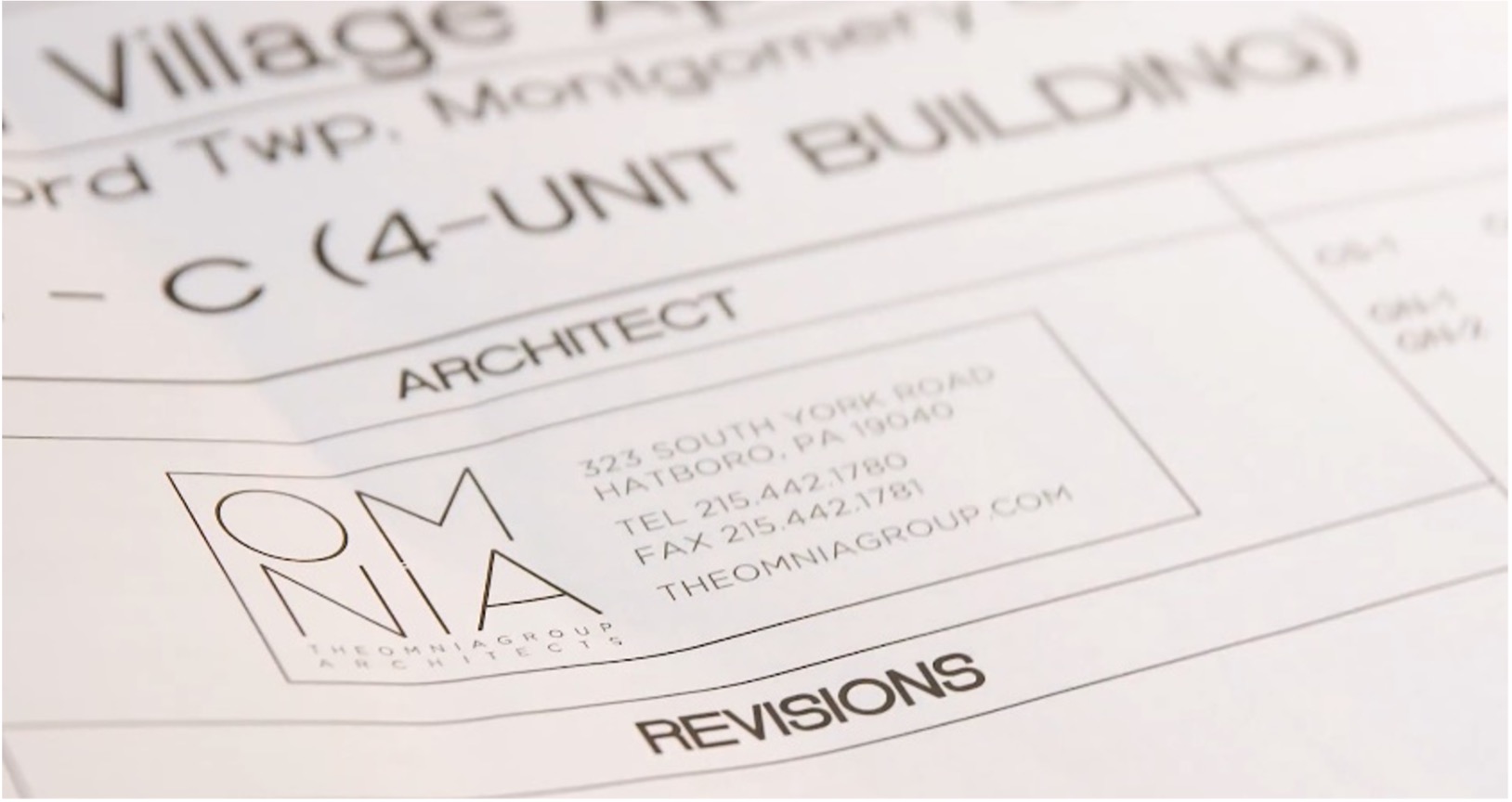
- Design phases are primarily creative ventures. Construction Documentation (CDs) is where creativity gives way to practicality as we layer on regulatory, dimensional, structural, and specification data. The process culminates in a set of plans and specs that inform bidders, secure permits, and guide construction. These are technical, complicated yet standardized documents to translate ideas intoreality. They are not perfect, but serve many users, and require interpretation by qualified professionals.
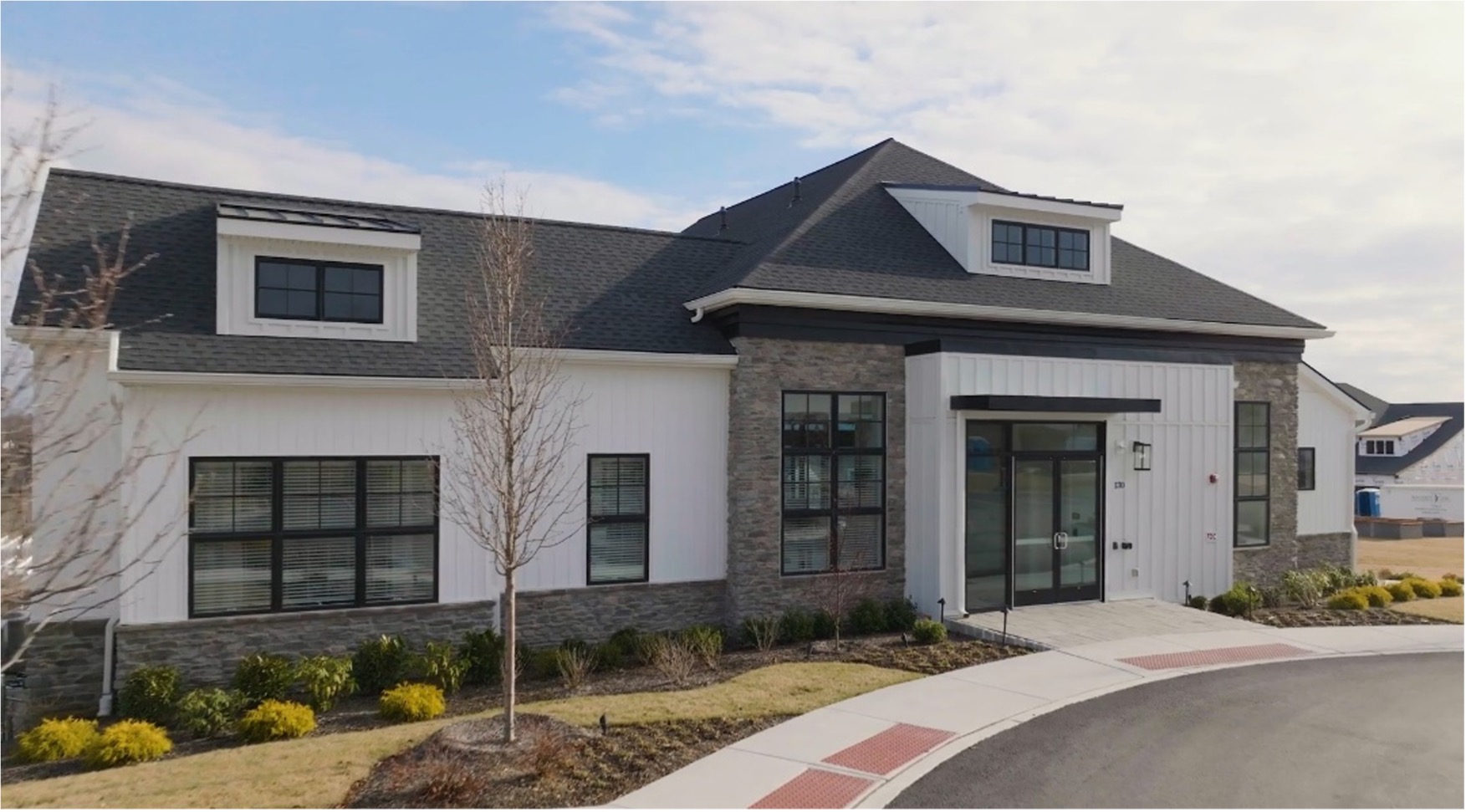
- In the standard Design-Bid-Build method of construction, the Architect’s completed plans and specifications are released for bid to prequalified General Contractors for a quotation. This is not the only way to proceed, and there is a lot to say for a process that identifies, selects and folds a builder into the team earlier in the process. Nonetheless, DBB remains the dominant method for modern home design. Managing the bidding process to select the best builder for the project (and budget) is integral.
Managing a consistent flow of information includes:
- Pre-qualification meetings
- Scope understanding meetings
- Uniform drawing and specification releases
- Controlled, consistent, and timely RFI responses
- Bid analysis to ensure they are complete, based on common scope and specs, and understood by the client
- Recommending a selection
- Once a GC is on board, we produce and/or review contracts
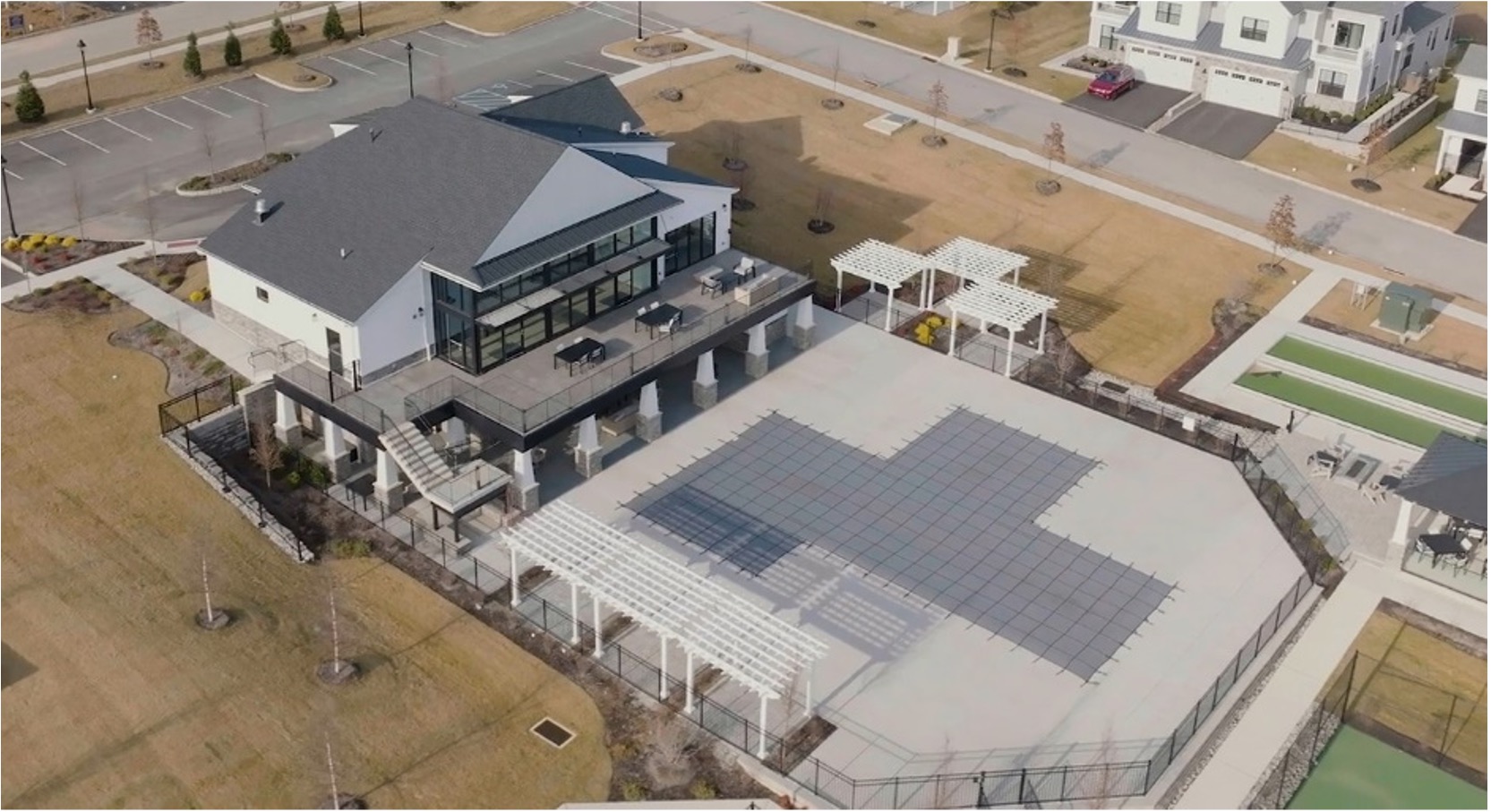
- Every project is a prototype of sorts given the number of variables and interdependencies that form the basis for a building project. No amount of planning will encompass all possibilities. Moreover, unlike other manufacturing efforts, the final build is also the test case. Finally, during the build process, the integration of the team becomes paramount. Construction Administration is where vision becomes a reality. There is an established framework of communication among the architect, owner, builder, trades, and suppliers that ensures that design intent is honored, assemblies and systems are refined, products are considered, interference gauged, costs controlled, surprises managed, and more. Construction Administration is an arc of services delivered over time in an ordered way. It is not a substitute for the means and methods of the constructors who bear full responsibility for the quality and performance of their work. Architects and their instruments of service are professional guides, not master builders.
Services include:
- Scheduled construction meetings
- RFI response
- Submittal Reviews
- Payment Request Review
- Site Visits and Observation
- Product Substitution Evaluation
- Detailing
- Consultant Coordination
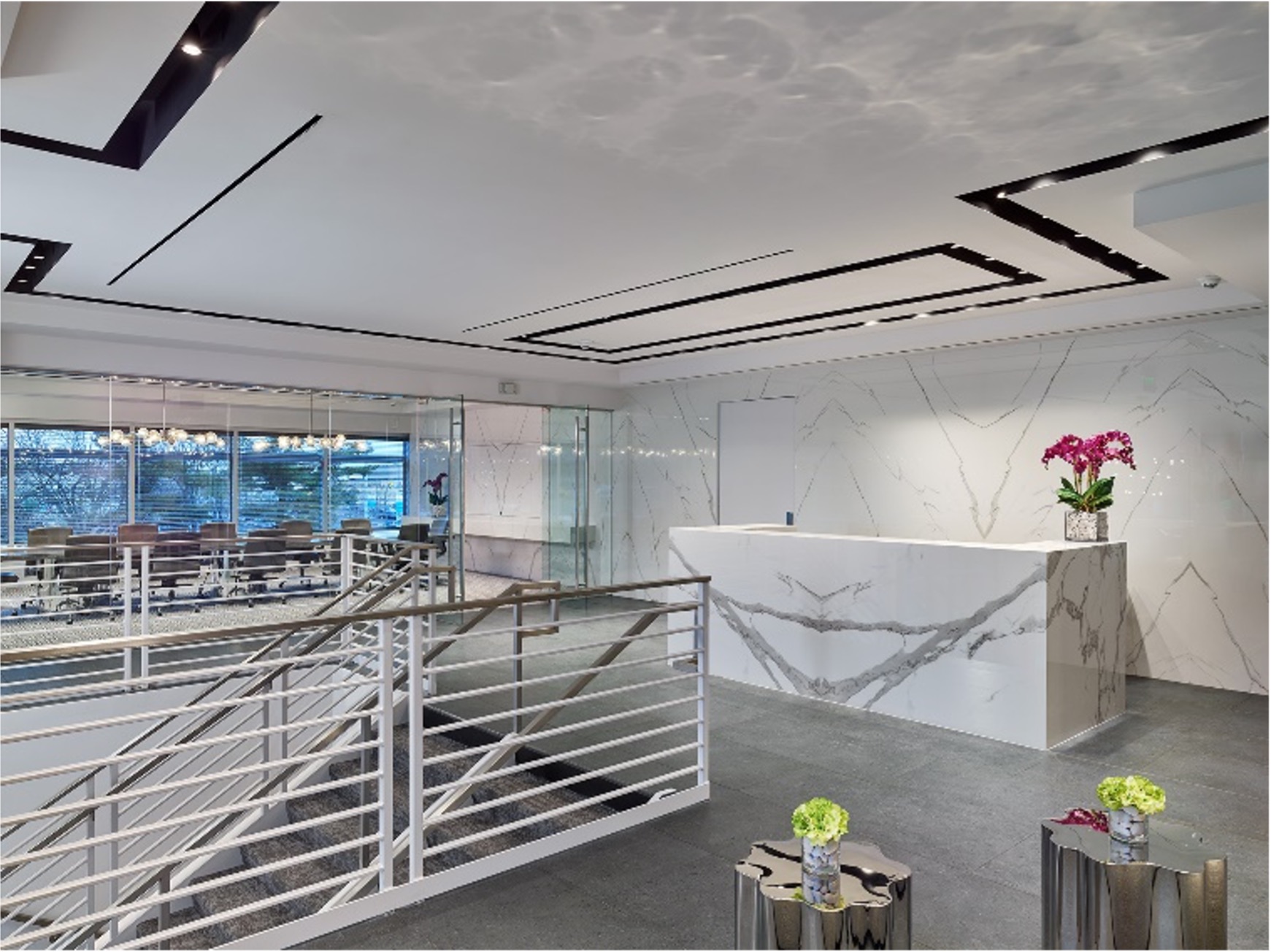
- In the realm of design, the final touch is indeed the finishes, fixtures, furnishings, art, and accessories that one experiences visually, tactilely, audibly, and with next-order senses. Interior Design cannot be the last step in the process. These elements are integral to many aspects of the project from purchasing to geometry to critical detailing and installation. There is a universe of material choices, which must be culled, considered, curated, costed, and collected. The time and attention required from the client can be overwhelming. At OMNIA, our experience with selecting the right combinations at the right budget provides the client and project with a streamlined, integrated, and professional solution that resonates with the building. Providing finish specifications early in the process results in better pricing and more seamless and efficient production. We will present select options on a per-room basis. Using books, magazines, and online resources, we will pinpoint materials, arrangement, and general language for the look of the home. We will then expand on that language to develop interior features like built-ins, art walls, cabinetry, and lighting. We will select families of related elements within spaces for presentation which will drive the finishes. Scope typically includes trips to various showrooms to facilitate selections.
Services include:
- Kitchen and Bath Cabinet Selection
- Furniture Selection
- Hardware, Trim Selections
- Plumbing Fixture Selections
- Lighting Layouts and Selections
- Tiles, Flooring, Wall Coverings
- Built-in Furniture Designs
- Art Collection Evaluation and Procurement
